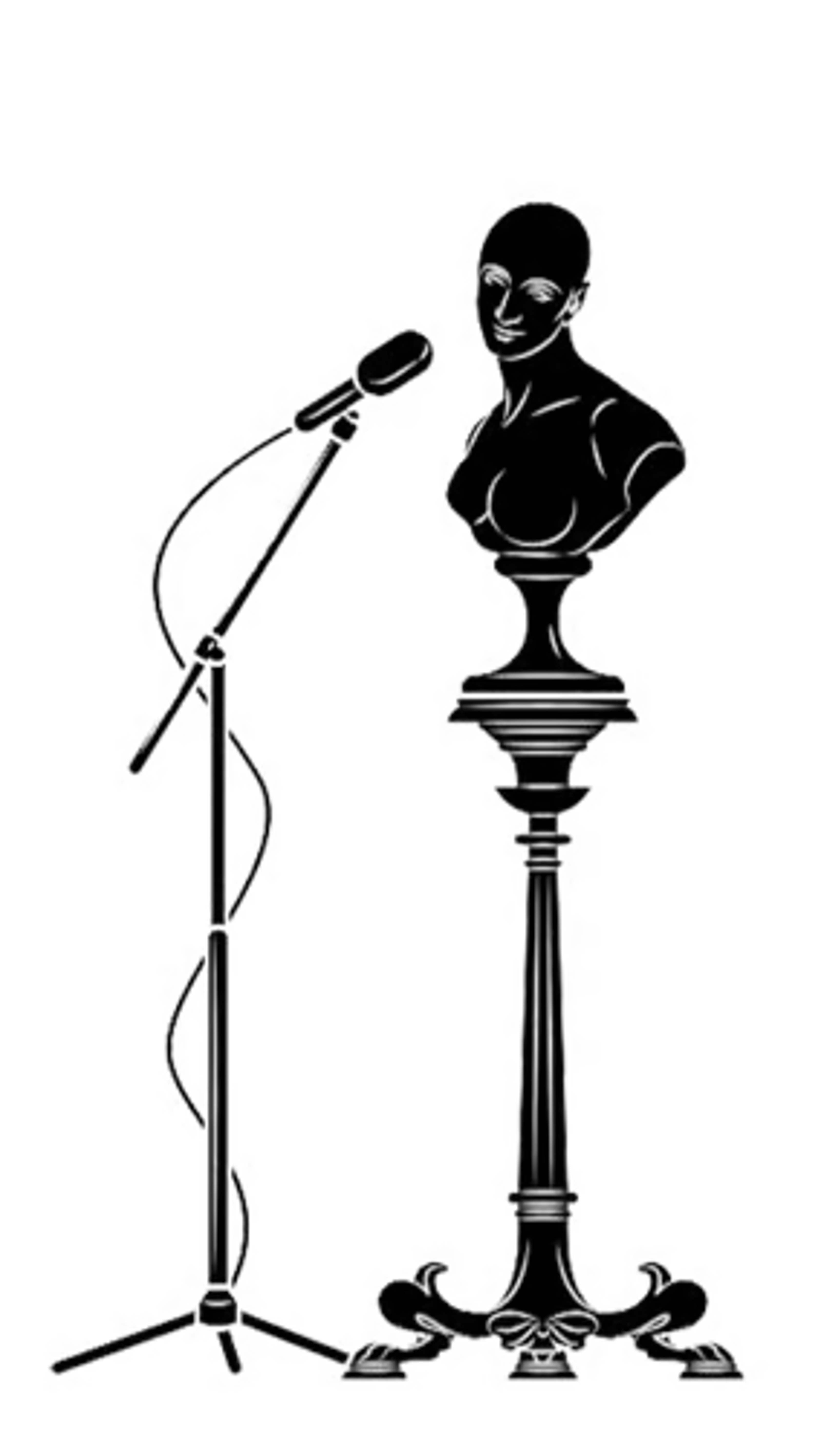
Jumana Manna is a Palestinian visual artist and filmmaker whose work explores power’s articulations on the body, land and materiality, particularly in relation to colonialism and histories of preservation. Her 2022 docu-fiction, Foragers, focuses on the ancient—and now criminalized—practices of foraging for ‘akkoub and za’atar in the Golan Heights, the Galilee and Jerusalem. Manna considers foraging in all of its dimensions—from a means of survival to its cultural and social practice. The film underscores the rebellious and liberatory implications of foraging under occupation.

The film follows foraged goods in their journey from wild grasses to the kitchen table. In the field, knife-bearing hands pick and dethorn the ‘akkoub, gathering it in plastic baskets that are later emptied on the street floor for neighbors to buy and prepare. Two women sit side by side at the kitchen table, ridding the ‘akkoub of the remaining thorns. But not all is well. Interspersed through these scenes is footage from Israeli courtrooms in which traditions of foraging are outlawed. Bird’s eye shots of private homes or walks through nature, paired with audio reminiscent of technological devices, evoke the surveillance that Palestinians are constantly subjected to. Through juxtaposition, Manna highlights the absurdity in the persecution.The law, which fines and sometimes imprisons mere foragers, comes to be understood as a tool of dispossession; one of Zionism’s many devices.
Such is made clear from the beginning, where Manna inserts archival footage of an Israeli TV clip about za’atar. In it, Israeli za’atar producers talk explicitly about the intentions behind the ban on foraging: selling Palestinian heritage back to Arabs, and appropriating Palestinian culinary traditions as their own. “Za’atar is Israel,” they say, as Manna transitions to the courtroom, where the Zionist enterprise means criminalizing ancestral traditions for providing for oneself. The artist decries this perverted logic—and hence resists it.
Yet Foragers does not simply reveal the manipulations behind the legal prohibitions applied to traditional relationships between Palestinians and their environment. Manna’s exploration of foraging as a cultural and social practice serves to disprove recrimination, and to reevaluate foraging as a powerful means of belonging that links Palestinian people to their land and vice versa. The artist’s visuals recreate a close relationship between Palestinians and the natural world that surrounds them, constituting a symbiotic system cared for over centuries. People are shown in constant physical engagement with plants, animals, and bodies of water, culminating in a forager’s assertion: “I am nature.”
In the face of repression, Palestinians’ natural connection to their environment—a deep knowledge of what that earth provides in the form of food and sustenance—is a skill for survival and resilience in times of need. The final illustrative sequence shows two women—the artist’s mother and aunt—foraging amongst ruins, reminiscing on what those structures used to be. While their homes have been destroyed, and while the state has expropriated the land, the women still forage. It becomes clear; foraging is persistence and resistance.
